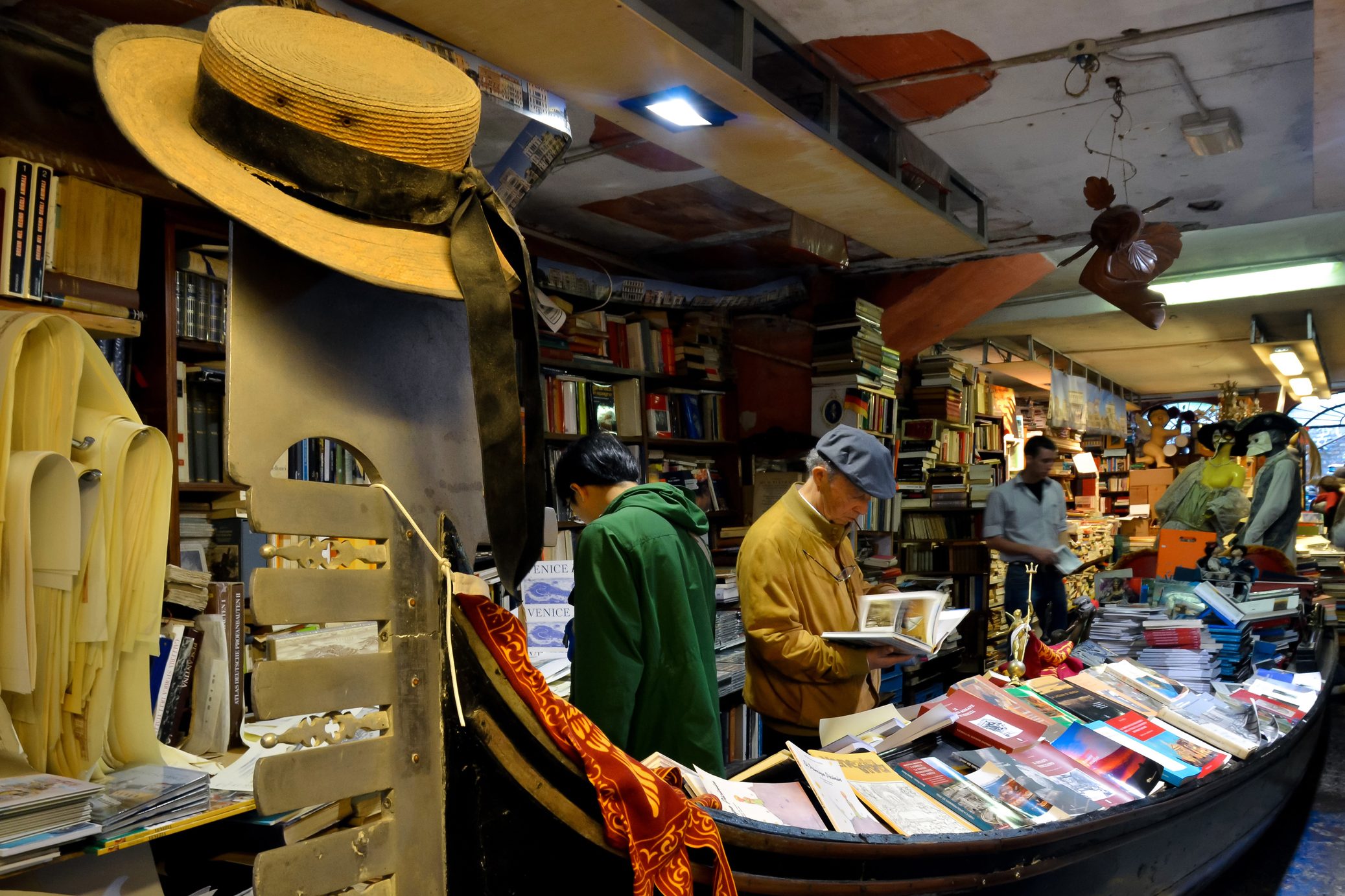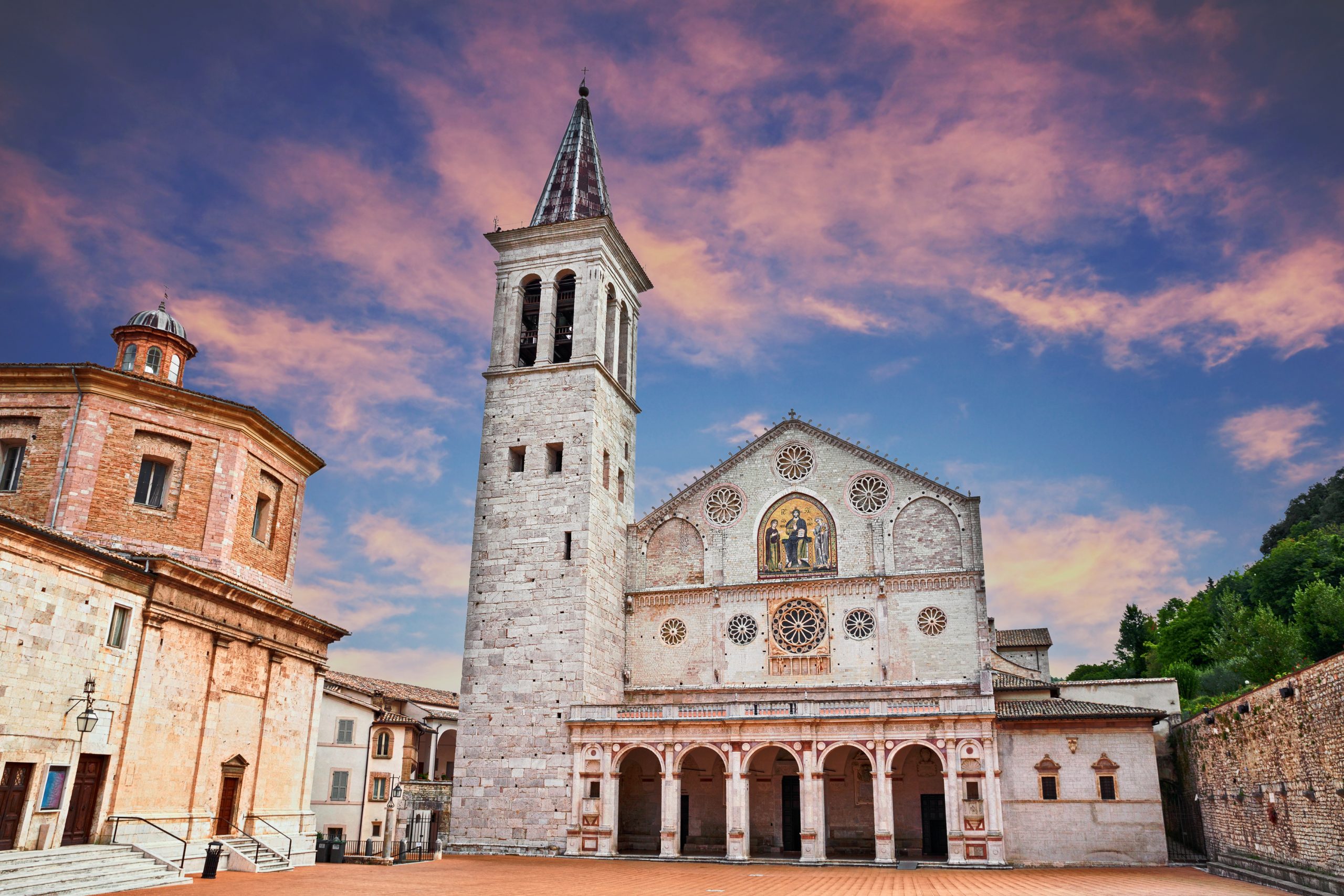For five years in a row Trento has been on top of the list of Italian towns with the highest quality of life: the capital city of the region of Trentino, although often overlooked, is a picture perfect town halfway between the plains around Verona and the stunning Dolomites around Bolzano. Small enough to feel homey and downright charming, yet large enough to have a lot to offer when it comes to culture, entertainment and dining, Trento is beautiful, lively, rich in history and easy to navigate, making it a great travel destination whenever you are in the Northeast of Italy.
A great place to start exploring and getting to understand the town’s amazing history is the Abbey of S. Lorenzo, dating back to the second half of the XII century. Built by Benedictine monks, the main facade features a stunning window and two Romanesque bas-reliefs at the sides. The inside of the Abbey, too, is beautiful and worth visiting
The Castello del Buonconsiglio, Trento’s iconic landmark, was the residence of the Prince-Bishops from the end of the 13th century until the secularization of the episcopate in 1803, and was originally built for defensive purposes. The Castle underwent a vast array of modifications over the centuries, and the result of this continuous refurbishments transformed it into one of the most complex fortified urban residences in the Alps. Thanks to some of the Prince-Bishops, the castle today has a unique and amazing look: a visit to the Castello del Buoncosiglio offers visitors a great chance to fully immerse themselves in history from a military, artistic and architectural point of view. Don’t forget to check out the prisons, where during the First World War some irredentists were imprisoned to get yet another insight into some more recent local history.
Trento’s Cathedral, too, is a must-do when in town. Dedicated to Saint Vigilio, the church has very ancient origins: there are records that show the first church was built on the burial ground of the saint, martyred in the 5th century AD. Later it was enlarged, while its present appearance is owed to Bishop Federico Vanga, who ordered the redesigning of the cathedral in 1212. The northern façade, overlooking the main square, features a great artistic richness, while the southern section is far simpler. What really strikes visitors is the contrast between the Romanesque style and the height of the vaults recalling gothic cathedrals, which is quite extraordinary. The frescoes that embellish the interior of the church, created between the 13th and 15th century, can be attributed to painters from Venetian, Lombardian and late gothic schools and depict classic Christian themes. The paleo-Christian basilica can still be entered from the northern transept.
Trento is also famous for being home to some of the most beautiful palazzos in Italy: the Case Cazuffi-Rella with their beautiful frescoed facades date back from the 1500s and are impossible to miss as they face the town’s very central Piazza del Duomo. Palazzo Thun, currently home to the city council, is a stunning example of medieval building refurbished into a perfect example of Neoclassical architecture.
The town is also dotted with an incredible number of beautiful fountains, the most famous being the Fontana di Nettuno, which dates back to the 1700s and is one of Trento’s most recognizable landmarks. As Trento is also a riverside town, there are plenty of bridges both on the Adige and the Fersina rivers that offer beautiful views of the old town center.
Dining in Trento can also be an incredible experience, as the area is home to some amazing ingredients and specialties. First courses are a real delight in town, and gnocchi and ravioli lovers will definitely enjoy Trento’s traditional recipes. Canederli, large dumplings made with old bread, cured mountain ham and cheese, are great both served in beef stock or dressed with melted butter and Parmesan. Strangolapreti, too, are a specialty: these large gnocchi are made with spinach, bread and nettle and are so soft and delicious, many locals swear that a visit to Trento isn’t complete without trying them. The area is also famous for its delicious apples, which grow in vast orchards all around town: it goes without saying that apple desserts and liquors, such as strudel and grappa, are very popular in Trento and rightly so: they are made with local produce and one can definitely taste the difference and understand why, after all, such a small town makes it, year after year, to the top of the best places to live in Italy.






























